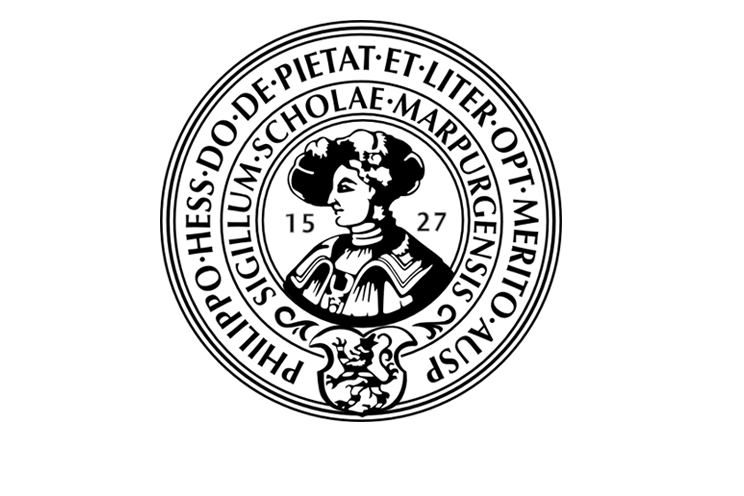Public Paper
-
Incidence And Prevalence of Fusarium Wilt of Tomatoesin Mwea West Kirinyaga County, Kenya
ISSN: 2195-1381
Publisher: author
Incidence And Prevalence of Fusarium Wilt of Tomatoesin Mwea West Kirinyaga County, Kenya
View Paper PDF
Abstract
Kenya is one of the leading countries in Africa in tomato production. Production of tomato is 14% of the total vegetable and 6.72% of the horticultural crops produced in the country. The major factor that reduces the growth and yield of tomato production in Kenya are pathogenic microorganisms. For instance, Fusarium oxysporum is among the fungal pathogens that destroy the xylem of the plant hence causing Fusarium wilt due to poor transportation of water to various parts of the plant. Besides, it persists in the soil environment for a long period thus continuously infecting healthy plants grown in the site, hence it reduces the farmer’s harvest. The objective of this study was to determine the incidence and prevalence of Fusarium wilt. A preliminary survey was carried out in Mwea, Kirinyaga County which is among the most common areas where tomatoes are grown. Analysis of the collected data was done using SAS version 9.4 using ANOVA a...
SUBMIT CONCEPT ASK QUESTION
International Category Code (ICC):

ICC-0202
Evaluator Publisher Relations Manager
International Article Address (IAA):
Pending
Paper Profile:
Private
Visitors: 0
Paper Evaluation: Pending
ASI-Factor: 0
Paper Improving: Pending
Paper Flaws: 0
References
Agrios, G. (2005). Plant Pathology. Elsevier Academic Press, Amsterdam 5th Edition, 398-401.
Ajilogba, C. F., & Babalola, O. O. (2013). Integrated management strategies for tomato Fusarium wilt. Biocontrol Science, 18(3), 117-127.
Berrueta, C. (2012). Análisis y jerarquización de factores determinantes Del rendimiento de tomate para industria en Uruguay. Agrociencia Uruguay, 16(2), .39-49.
Chandler, D., Bailey, A. S., Tatchell, G. M., Davidson, G., Greaves, J., & Grant, W. P. (2011). The development, regulation and use of biopesticides for integrated pest management. Philosophical Transactions of the Royal Society B: Biological Sciences, 36.
Chellemi, D. O., Wu, T., Graham, J. H., & Church, G. (2012). Biological impact of divergent land management practices on tomato crop health. Phytopathology, 102(6), 597-608.
Collins, C. S. (2012). Land-grant extension as a global endeavor: Connecting knowledge and international development. The Review of Higher Education, 36(1), 91-124.
Cox Jr, K., Babilonia, K., Wheeler, T., He, P., & Shan, L. (2019). Return of old foes—recurrence of bacterial blight and Fusarium wilt of cotton. Current Opinion in Plant Biology, 50, 95-103.
Dubey, S. C., Singh, S. R., & Singh, B. ( 2010). Morphological and pathogenic variability of Indian isolates of Fusarium oxysporum f. sp. ciceris causing chickpea wilt. Archives of Phytopathology and Plant Protection, 40(3), 174 - 190.
Frey-Klett, P., Burlinson, P., Deveau, A., Barret, M., Tarkka, M., & Sarniguet, A. (2011). Bacterial-fungal interactions: hyphens between agricultural, clinical, environmental, and food microbiologists. Microbiology and Molecular Biology Reviews, 75(4), 583-609.
GoK., & Kenya), (. o. (2012). National Horticulture Policy. Nairobi: Ministry of Agriculture, Kilimo House. Www.kilimo.go.ke,Accessed on 7 th April 2016.
Gossen, B. D., Conner, R. L., Chang, K. F., Pasche, J. S., McLaren, D. L., Henriquez, M. A., & Hwang, S. F. ((2016). Identifying and managing root rot of pulses on the northern great plains. Plant Disease, 100(10), 1965-1978.
Gupta, V. K., Misra, A. K., Gaur, R. K., Jain, P. K., Gaur, D., & Sharma, S. (2010). Current status of Fusarium wilt disease of guava (Psidium guajava L.) in India. Biotechnology, 9(2), 176-195.
Larkin, R. P., & Fravel, D. R. (2002). Effects of varying environmental conditions on biological control of Fusarium wilt of tomato by nonpathogenic Fusarium spp. Phytopathology, 92(11), 1160-1166.
McGovern, R. J. (2015). Management of tomato diseases caused by Fusarium oxysporum. Crop Protection, 73(1), 78-92.
Neema, D., & Fredrick, O. O. (2019). Incidence and Severity of Solanum lycopersicumBacterial leaf spot Caused by Xanthomonad species in Farms in Wanguru, Mwea, Kirinyaga County, Kenya.
Ongeri, B. O. (2014). Small Scale Horticultural farming along the Kenyan Highways and Local economic development: Exploring the effect of factor prices. International Review of Research in Emerging Markets and the Global Economy, 1(1), 102-119.
Opoku, B. A. (2014). Incidence and severity of major fungal diseases of tomato (solanum lycopersicum l.) in three districts within forest and forest-savannah agro-ecological zones of Ghana. (Doctoral dissertation).
Palti, J. (2012). Cultural practices and infectious crop diseases. Springer Science & Business Media, 1-10.
Sawe, E. K. (2018). Socio-Cultural and Institutional Determinants in the Uptake of Horticulture Farming in Aldai Division, Nandi County, Kenya. (Doctoral dissertation, Maseno University).
























































